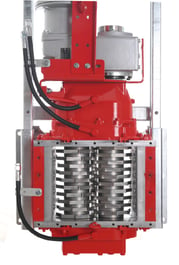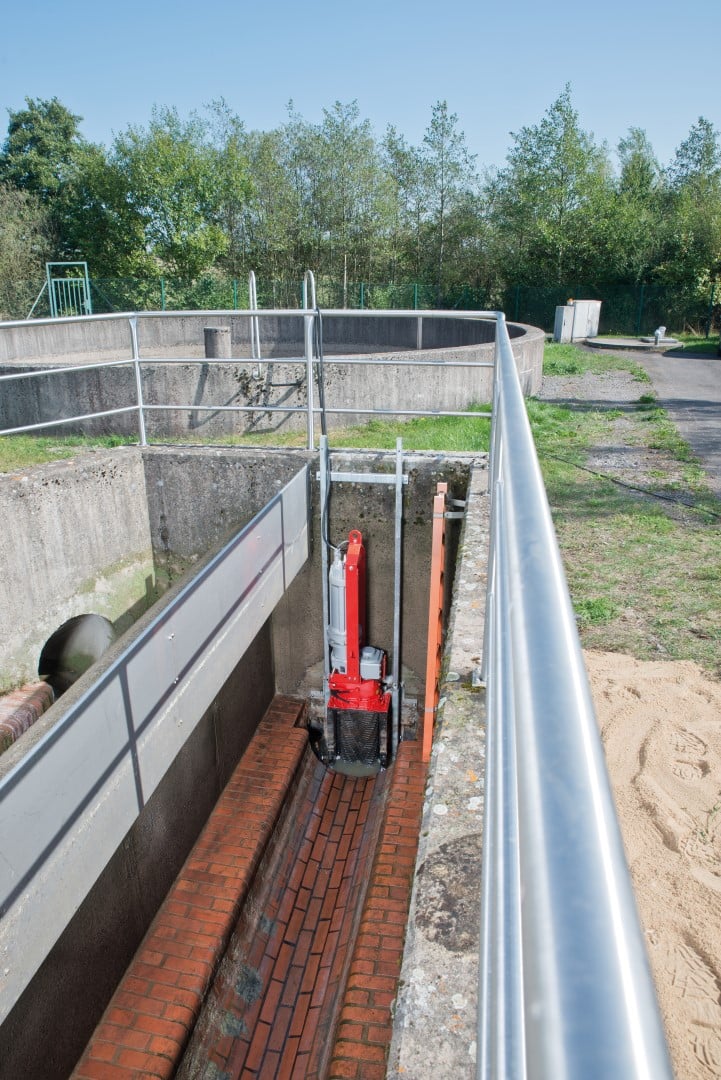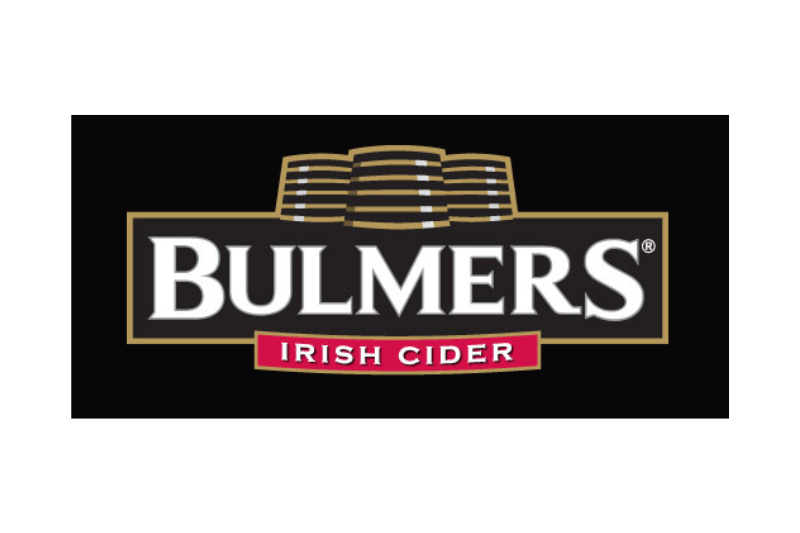Millions in Damage Caused by Wet Wipes

How wet wipes become sewer monsters
In recent years, sewage system operators, including wastewater associations and municipalities, have grappled with a growing problem: hygiene and disposable cosmetic products, instead of being tossed in the rubbish, are increasingly being flushed down toilets. These products, particularly wet wipes, end up in the sewage system, causing significant issues and millions in damage.
Despite having no place in the sewage system, operators regularly find large amounts of disposable wipes, cotton buds, tampons, panty liners, plasters, clothing, and other textiles clogging sewers and treatment plants. However, the biggest culprits are the masses of wet wipes and baby wipes. Compounding the issue, water consumption in private households has decreased significantly. While this might suggest a growing awareness of water conservation, it actually worsens the problem. With less water flowing through the system, these products are even less likely to dissolve and wash away. As a result, wastewater associations and municipalities must invest substantial resources to keep the sewage system running smoothly, all while trying to maintain low wastewater charges.
The Hidden Cost of Incorrect Disposal
The surge in wet wipe usage is causing major problems for sewage systems across Ireland and the EU. While there are no exact figures available for Ireland, there’s no doubt that wet wipes are widely used. Uisce Éireann (Irish Water) has revealed that wet wipes alone cause an average of 16 blockages per day in their network, costing around €7 million annually to clean up [1].
Once used mainly for baby care and thrown away with nappies, wet wipes have become an everyday hygiene product—and are increasingly being flushed down toilets. This leads to a troubling situation: more non-degradable fibres enter the sewer system, while household water usage decreases. With less water to help wash them away, these wipes break down slowly, if at all, clogging pumps and causing blockages.
For sewage operators, the maintenance burden rises, ultimately pushing up consumer wastewater charges. Though it’s illegal to flush wet wipes in some countries, many people are unaware of this. Packaging warnings are often too small to notice, or missing altogether, leaving consumers unaware of the damage caused by flushing these products.
 Other modern hygiene products like clothing and textiles are increasingly also ending up in sewage pipes.
Other modern hygiene products like clothing and textiles are increasingly also ending up in sewage pipes.
How Fibres Cause Clogs
Separating hygiene products and textiles from wastewater is no easy task, especially when it comes to wet wipes. These wipes are notorious for getting tangled in sewage systems, creating clumps that don’t break apart on their own. Instead, they clog pumps, fittings, and pipes, leading to frequent equipment failures.
Even advanced pumps designed with freewheel technology, which allow for larger objects to pass through, struggle to handle the masses of fibres and clumps. While these pumps can mitigate some of the damage, they often operate with reduced efficiency when faced with such tangled debris. As a result, operators are forced to deal with lower performance and increased maintenance demands, all due to the persistent problem of wet wipe fibres in the system.
 Entangled material due to undecomposed fibers - Shredded tangles by upstream twin-shaft grinder like the XRipper
Entangled material due to undecomposed fibers - Shredded tangles by upstream twin-shaft grinder like the XRipper
Rising Costs Due to Wet Wipe Clogs
While media attention around the wet wipe problem might seem exaggerated, the issue is very real for sewage systems around the world. In many countries, removing wet wipe clogs has become a daily or weekly task. In Berlin, the Municipal Water Authority faces even higher expenses, with an estimated €800,000 in yearly costs. The German government estimates the total cost to be in the high eight-figure range.
Closer to home, the problem is just as pressing in Ireland. Research by Uisce Éireann (Irish Water) revealed that in 2021, almost 1 million people in Ireland were flushing wipes and other sanitary products down the toilet. Many of these products are misleadingly labelled as “flushable,” giving consumers the false impression that they can be safely flushed without causing harm. In reality, “flushable” simply means they are easier to flush, not that they should be flushed. This has led to an urgent need for improved labelling standards, so consumers know to dispose of wipes properly in a bin.
A Solution in Sight: Safe Protection with Vogelsang’s XRipper Twin-Shaft Grinder series
 To tackle this growing issue, twin-shaft grinders like Vogelsang's XRipper offer a highly effective solution. Designed to shred problematic materials before they reach the pumps, the XRipper works seamlessly with the fluid flow, guiding debris into the central area where the Ripper rotors go to work. These rotors grip, pull in, and shred solid matter, cutting through long fibres and grinding down coarse and brittle components. By adjusting the width and contour of the Ripper blades, the size-reduction ratio can be fine-tuned to handle various materials.
To tackle this growing issue, twin-shaft grinders like Vogelsang's XRipper offer a highly effective solution. Designed to shred problematic materials before they reach the pumps, the XRipper works seamlessly with the fluid flow, guiding debris into the central area where the Ripper rotors go to work. These rotors grip, pull in, and shred solid matter, cutting through long fibres and grinding down coarse and brittle components. By adjusting the width and contour of the Ripper blades, the size-reduction ratio can be fine-tuned to handle various materials.
The XRipper operates at low speeds with high torque, requiring minimal drive power to efficiently prevent clogs, blockages, and damage to downstream pumps and valves. Its energy-efficient design helps reduce operating costs while ensuring the smooth operation of sewage systems, avoiding expensive emergency repairs and maintenance especially those caused by wet wipes.
The persistent issue of wet wipe clogs highlights the urgent need for solutions in Ireland and beyond. With Uisce Éireann reporting daily blockages caused by improper disposal, technologies like the XRipper are critical to keeping sewage systems running smoothly. At the same time, improved labelling and consumer awareness are essential to prevent further damage. By combining advanced technology with better public education, we can protect our wastewater infrastructure—and the environment—for the future.
 XRipper wastewater twin-shaft grinder installed upstream of the outlet of an open wastewater collection shaft
XRipper wastewater twin-shaft grinder installed upstream of the outlet of an open wastewater collection shaft
[1] Read River Trust Wet Wipes Positioning Statement
Further links
More about the wastewater segment
Discover the virtual showroom for wastewater technology

